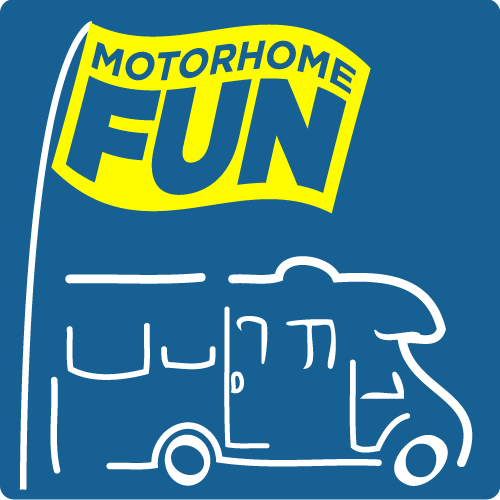Does anyone know where the split charge relay is located
Schaudt EBL 241
2019 Ducato 2.3
Malibu QB500
Schaudt EBL 241
2019 Ducato 2.3
Malibu QB500

Thanks was just worried it was feeding the fridgeI do not have a diagam for the EBL 241, but I do have one for the EBL240, which I expect to be similar.
On the EBL240, the starter battery is externally connected at the rear of the EBL, and internally only connects with the split charge relay contact.
Why not just disconnect the starter battery at the rear of the EBL, and at the relevant connection at the starter battery to make safe.?
It's close to the bottom left corner of the diagram on page 13that separate connection doesn't "jump out at me".
I have just fitted the Victron 30A B2B leaving the split charge relay in circuit and it's putting in 34A.I avoided any such issues by fitting a lower-powered Schaudt BtoB which simply jumps the existing rear connections, and allows the relays to be ignored (the power is delivered through them).
If wiring a BtoB separately, I don't think I'd be happy to leave the extra connection.
Thinking out of the box, do you have an AES or Compressor fridge? If so, I think inserting the fuse in the "AES fridge" position on the face of the EBL, if it isn't already would connect the fridge to the Leisure Battery, rather than the vehicle battery. (For a compressor fridge, this should always be the case. For an AES fridge, it allows the fridge AES logic to do the switching, rather than the internal EBL relay, but installed AES fridges aren't always configured that way from the factory, and they still work).
If that's the case (I'm still having a bit of difficulty with the EBL241 diagram, but it's the case on my EBL30), then doing that and pulling the 50A starter battery fuse might give you what you want. (FWIW, mine is AES and has the fuse inserted).
It's close to the bottom left corner of the diagram on page 13
I have just fitted the Victron 30A B2B leaving the split charge relay in circuit and it's putting in 34A.
I agree the EBL 240 diagram differs from the EBL 241 in that area.I'm a bit wary of the above.
All the EBLs I've had a look at before feed the fridge via a separate (usually 20A) fused connection, which is detailed on the circuit diagrams. (generally labelled "+ starter battery for refrigerator").
For the EBL241 (manual here with circuit diagram at the end)
that separate connection doesn't "jump out at me". I may be misreading, but it does look to me as if the single (main) connection to the vehicle battery might drive the 'fridge as well on the EBL-241. It's worth a second check.
